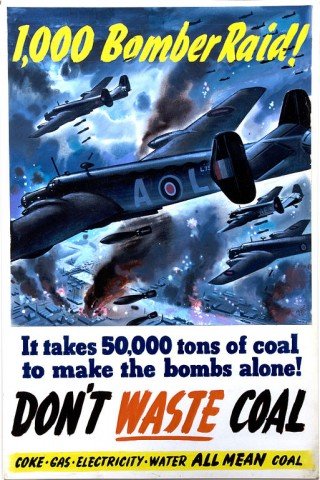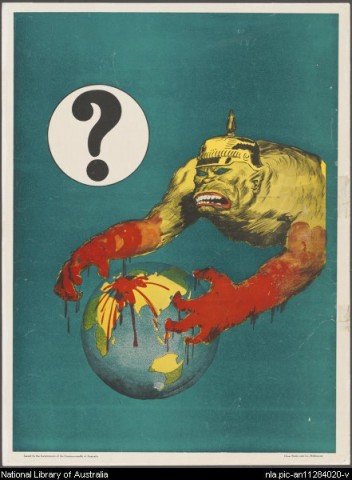The indefatigable Ross Mahoney, a PhD student at the University of Birmingham's Centre for War Studies, has written a briefing paper proposing the creation of an Air Force Records Society (AFRS), which he has circulated among some of the senior academics studying the history of British airpower, and has also posted on his blog. Briefly, the idea is that the AFRS would exist solely to publish one volume annually of significant but hard-to-find primary sources relating to the history of the RAF and its predecessors: perhaps unpublished memoirs written by key figures, or selections from their papers, or themed collections of documents from various sources. The models are the Navy Records Society and the Army Records Society, which are both well-established by now; indeed the Navy Records Society predates the formation of the RAF by a quarter of a century. Obviously I think this is a great idea, but it's easy to say that; the question is how to get it done, and good on Ross for asking that question. There's not much I can do directly to help from where I am, but what I can do is help drum up support for an AFRS.
I have a few comments. One, which I've already passed on to Ross, is that the brief for the AFRS be expanded. In the current proposal it covers the RAF, the RFC and the RNAS. But organised airpower started before then, with the brief existence of the Air Battalion (1911-2) and the less ephemeral Balloon Factory/School of Ballooning (1878-1912). These seem like logical subjects for an AFRS. But because they were part of the Royal Engineers and hence the Army, there is a potential for stepping on the toes of the Army Records Society. But this jurisdictional problem exists anyway; indeed the Navy Records Society has already published at least one volume on the topic of the RNAS. And I think there's plenty of history to go around. Another possible area to expand into might be the Royal Aircraft Factory/Royal Aircraft Establishment, which was separate from the RFC/RNAS/RAF but had a principally military character.
Another question is whether the volumes published should be actual physical books, or whether the AFRS should be 'born digital' and just publish ebooks or perhaps just online. I don't know much about the financing of the existing societies, but I expect most of the membership fees go to the publisher. If the costs of physical distribution could be eliminated that would lower the fees and hopefully broaden the membership base. Of course, digital does not always equal cheap; and I must admit I prefer real books -- to this day I have never bought an ebook!
Finally, it's fun to think of possible archives to plunder. From my own experience, I think P. R. C. Groves's papers (at KCL and the IWM) have some potential, covering topics such as early air control operations in the Sudan in 1916, the RAF's operations in the first year of its existence, air policy at the Paris Peace Conference and the League of Nations, and, after his RAF service, his airpower advocacy (and I would argue that he was the most influential of all the British airpower writers between the wars), including his time heading the Air League of the British Empire; there's also an unpublished book manuscript he finished just before the Second World War, 'This air business'. But that's just me, I don't expect anyone else to share in my obsessions… and there are plenty of more obvious places to start.
Any thoughts?


